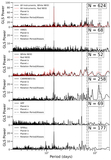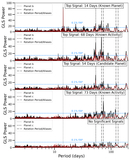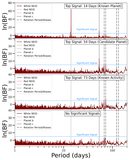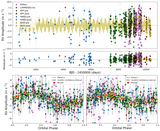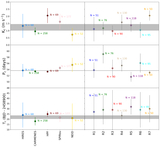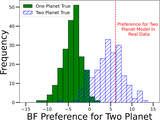Image Details
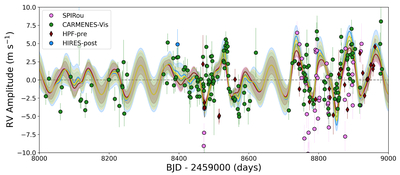
Caption: Figure 7.
A closer look at the chromatic GP used in our white NEID fits for a particularly dense region of RVs. The solid lines indicate the GP + two-planet model. Unlike most other GP models, which typically calculate a covariance matrix for each instrument separately, and later combine the likelihoods, the Chromatic kernels for B. L. Cale et al. (2021) calculate covariances across instruments. This relationship is most clear when examining the different predictions from each instrument: they follow the same periodic structure, with deviations mostly due to different amplitudes. It is also notable that the bluer instruments are consistently larger in amplitude, while the redder instruments have smaller GP amplitudes.
Copyright and Terms & Conditions
© 2025. The Author(s). Published by the American Astronomical Society.



